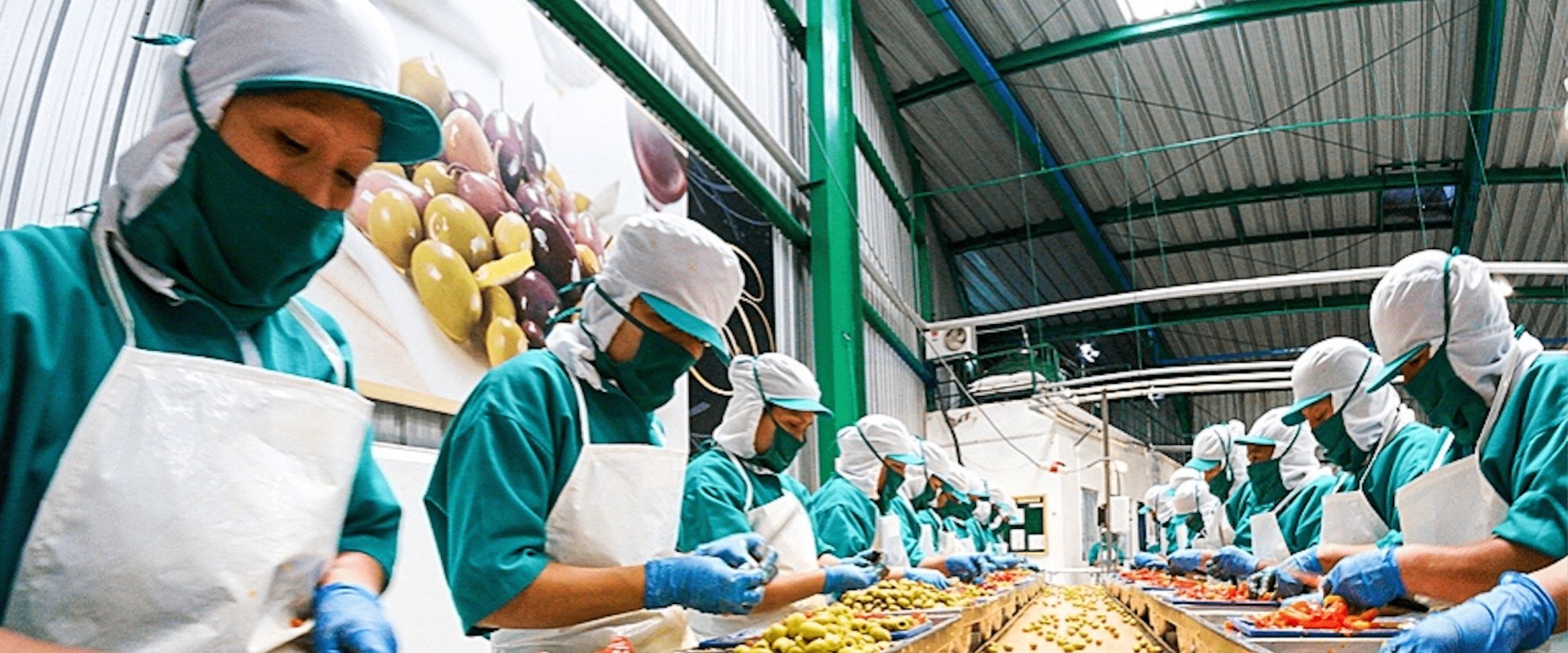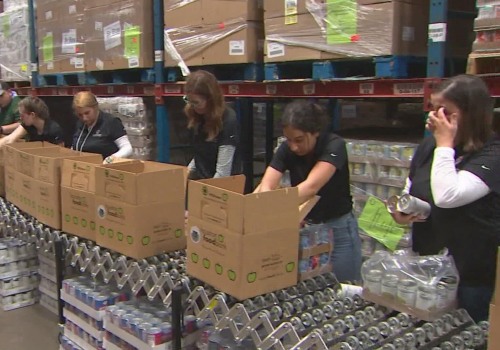The food industry is a vast and multifaceted network of companies that supply food in all its forms for consumption. From those who cultivate to those who distribute packaged food, the industry has seen a surge in demand for organic, natural, clean and whole grain products in recent years. Consumers are increasingly concerned about health and the environment, and are less sensitive to prices. This has led to the organic products segment becoming a major food category.
In addition, consumers seek greater transparency in the supply and supply chain of the products they buy, prompting industry players to provide more product information than product labels. The growing favor of healthy foods made with natural ingredients, low in calories, fat and without artificial colors, GMOs and sugar is driving the growth of the packaged food industry. Packaged food products such as rice, pasta, noodles, snacks and canned foods have a longer shelf life, which encourages consumers to accumulate these items and boosts their sales. Product innovation, the launch of new flavors of private label products and the drastic shift from generic products to premium products such as gluten-free and organic options are also contributing to the consumption of packaged foods. The key factors driving the growth of the packaged food market include frantic working hours, changes in lifestyles, a growing preference for convenience, the growing expansion of e-commerce and the increase in product innovations across the board. The COVID-19 pandemic has had an unprecedented impact on the industry.
During the early stages of the crisis there was a high demand for household commodities, healthy foods and consumables with a longer shelf life. However, most companies now face low consumption of their products and supply chain challenges. Companies are focusing more on modifying their supply chains to strengthen their online presence and delivery measures in order to adapt to the current business environment. Changes in consumer buying behavior and dynamic changes to online and D2C distribution channels may have serious implications for the industry's near future growth. The food service industry has also evolved due to an increase in eating food outside the home. The use of advanced techniques and technologies has helped food service providers increase their production and streamline their activities to improve overall efficiency.
Some other factors that may influence the market include tourism, immigration, variety of food, access to food service locations and technological advances such as online orders. After a thorough analysis of the business implications of the pandemic and its induced economic crisis, growth in the fast food segment is readjusted to a revised CAGR of 6.5% for the next 7-year period. Food accounts for a significant part of household spending but its relative importance compared to other products decreases as incomes rise. Any change in market share between fast-food restaurants and full-service restaurants could influence the combination of food and services offered by both types of establishments. The food industry continues to grow and evolve as new techniques and standards are created and existing ones are improved. The extent to which Pilgrims can establish its brands in the European prepared food market thanks to the acquisition of Kerry Consumer Foods will have a significant impact on revenue growth and profits in the future. Restaurants, cafes, fast food centers, food chains, food trucks and online food orders are examples of commercial grocery services.
Competitors include traditional consumer packaged products companies such as PepsiCo (PEP), Coca-Cola (KO) and Chobani; traditional dairy companies such as Nestlé (NSRGY), Danone (DANOY), Lactalis, Fonterra (FTRRF), HP Hood, Arla Foods and Valio; plant-based dairy companies such as Blue Diamond Growers, Califia Farms, Ripple Foods and Ecotone; new market participants creating laboratory products; and private label brands. The key trends in the German foodservice market are convenience, regional production, health and well-being, and Asian and ethnic cuisine. The South American region is one of the fastest-growing food service industries in the world second only to Asia-Pacific. Improved quality, better packaging and reduced costs are key factors driving sales of private label food products in the US. The growing inclination of millennials towards fast-food consumption trends further increases their spending in the quick-service restaurant industry including franchising. Africa's food service industry is growing mainly due to an increase in population size as well as growth in its middle class.
The COVID-19 outbreak had unprecedented challenges at every stage of the food service supply chain.









